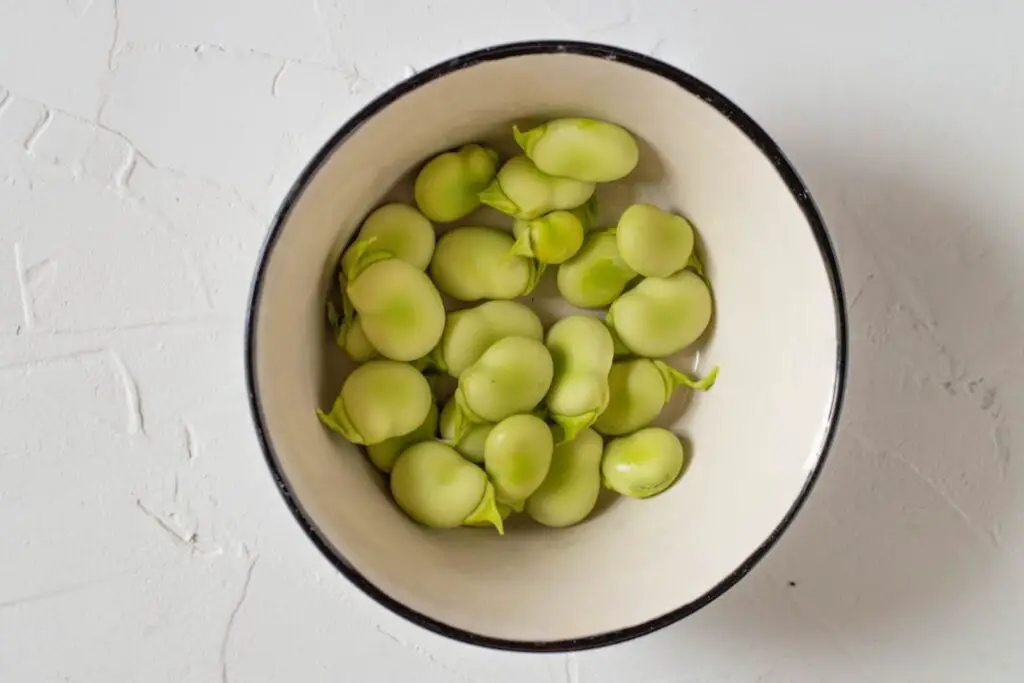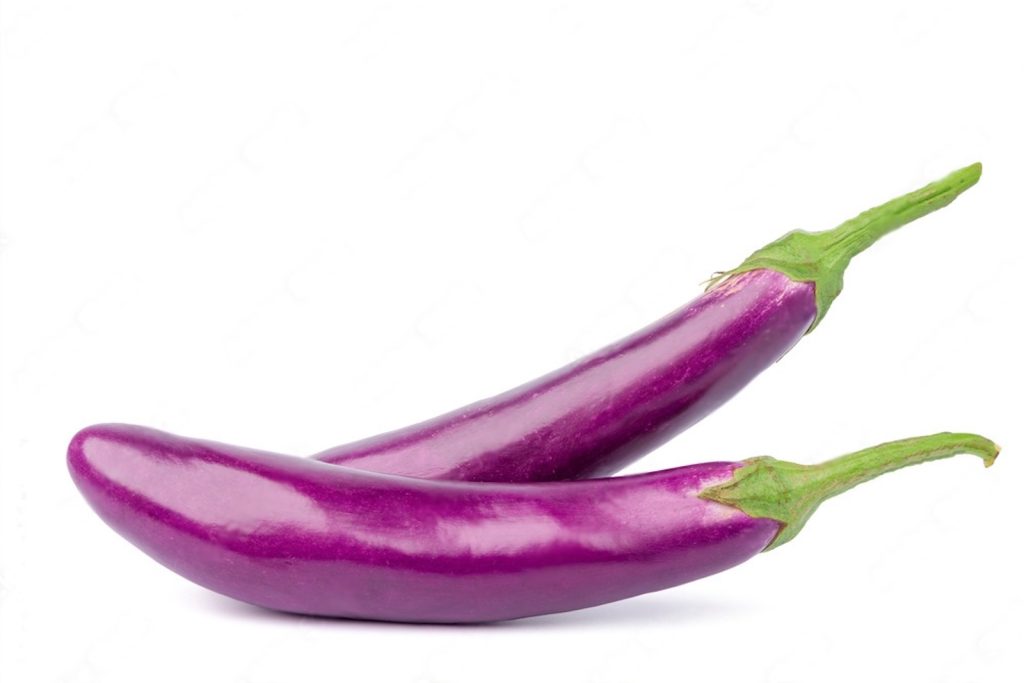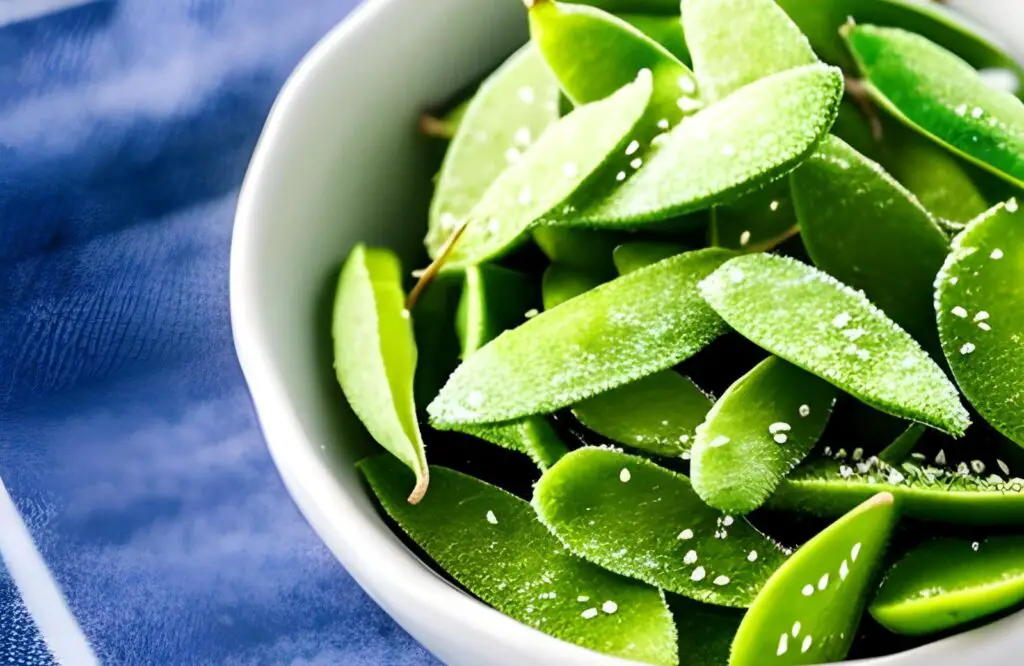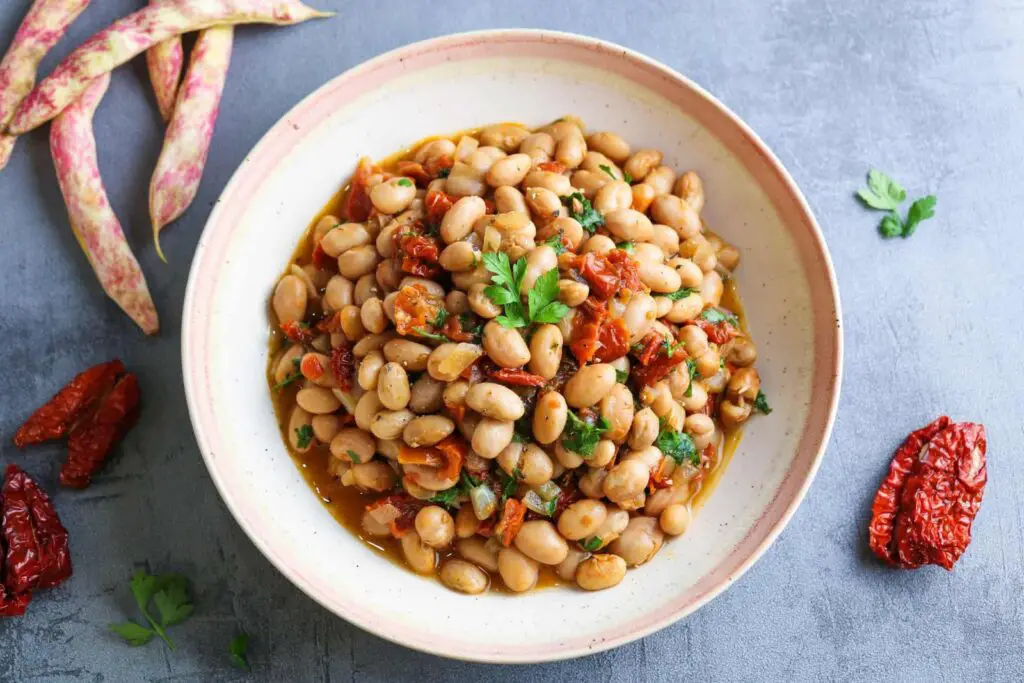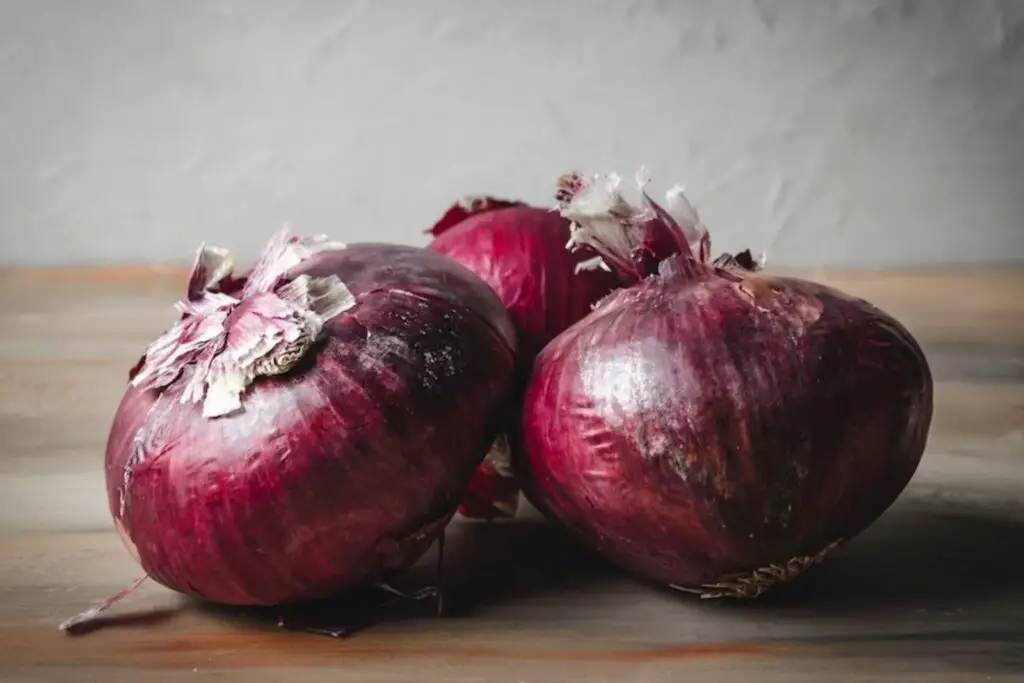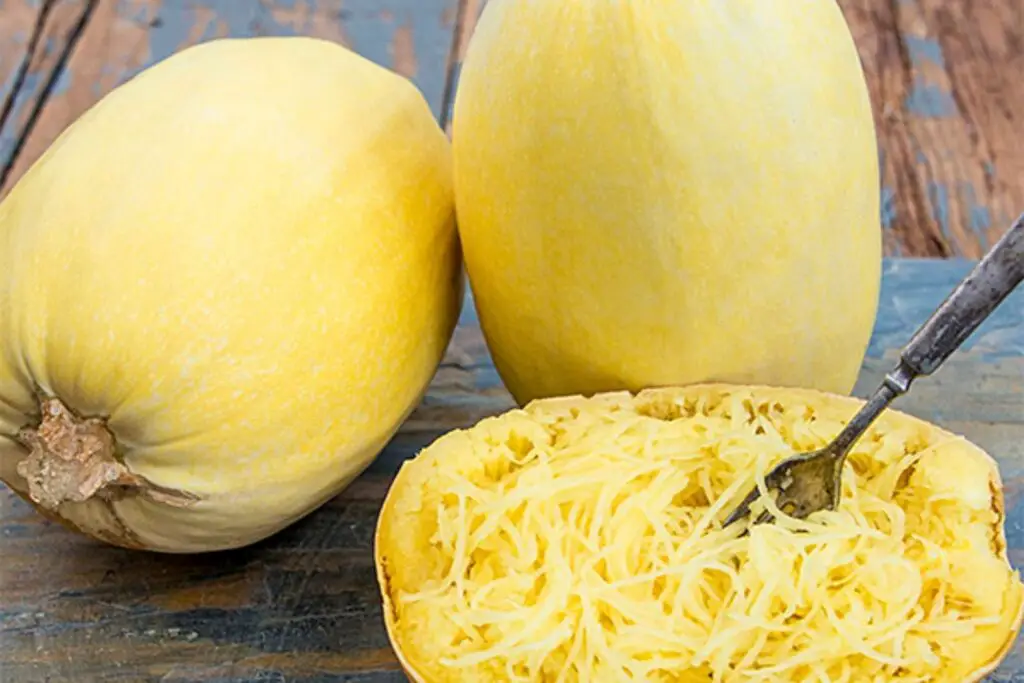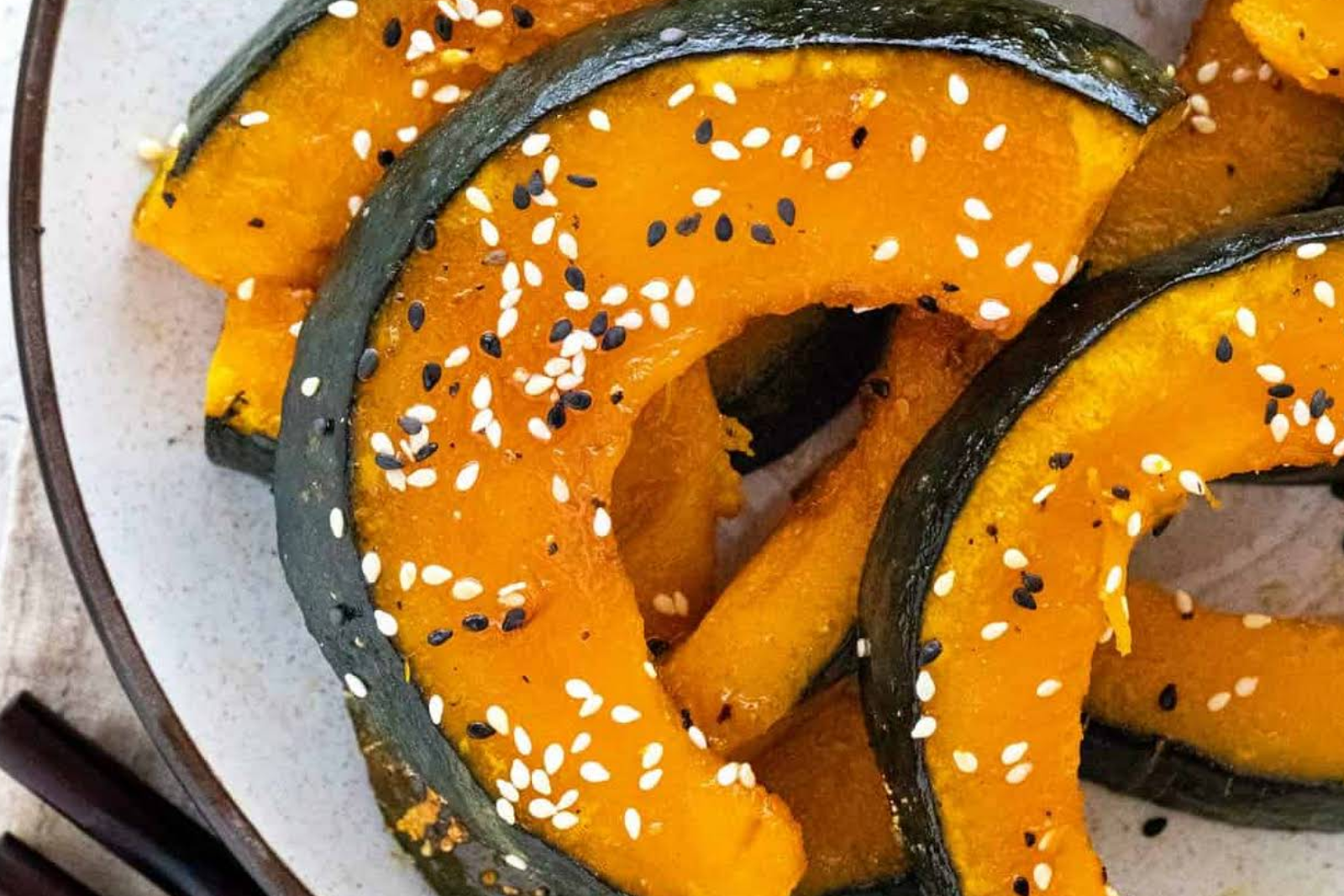
Kabocha squash, also known as Japanese pumpkin, is a popular winter squash variety known for its sweet and nutty flavor. It has a rich orange flesh and a hard, dark green rind. Kabocha squash can be enjoyed in various dishes, such as soups, stews, and roasted vegetables. Freezing kabocha squash is a convenient way to preserve its freshness and enjoy its deliciousness throughout the year. By following a simple set of steps, you can successfully freeze kabocha squash while maintaining its texture and flavor. This article provides a comprehensive guide on freezing kabocha squash to ensure optimal quality when you’re ready to use it.
Here’s a guide on how to freeze kabocha squash:
- Step 1: Select ripe and fresh kabocha squash
- Step 2: Wash and prepare the squash
- Step 3: Remove the seeds and peel
- Step 4: Steam or blanch the squash
- Step 5: Cool and drain the squash
- Step 6: Arrange and Flash-freeze the squash
- Step 7: Package and seal the squash
- Step 8: Label and date the packages
- Step 9: Store in the freezer
Step 1: Select ripe and fresh kabocha squash
Choosing the right kabocha squash is crucial for successful freezing and maintaining its quality during storage. Follow these guidelines to select the best squash for freezing:
- When selecting kabocha squash, opt for ones that feel heavy for their size. This indicates that they are dense and have a good amount of flesh inside. Squash that feels light may be dry and less flavorful.
- Check the rind of the squash and make sure it is firm. A firm rind indicates that the squash is fresh and has not started to deteriorate. Squash with a soft or wrinkled rind may have internal damage or be overripe, which can affect its texture and taste after freezing.
- Inspect the squash for any blemishes, bruises, or soft spots. Squash with these imperfections may not freeze well and can develop off-flavors or become mushy during storage. Choose squash that is free from any visible damage.
Step 2: Wash and prepare the squash
Properly washing and preparing the kabocha squash before freezing is essential to ensure that it is clean and ready for storage. Here’s why you should wash and cut the squash into manageable pieces:
- Removing dirt and debris: Washing the kabocha squash under cool running water helps remove any dirt, soil, or debris that may be present on the surface. This is important for maintaining the cleanliness and quality of the squash during freezing and storage.
- Sanitization: Washing the squash helps eliminate any potential bacteria or microorganisms that might be on the surface. While freezing can inhibit the growth of these microorganisms, starting with a clean squash reduces the risk of contamination and helps maintain food safety.
- Enhancing texture and flavor: Cutting the squash into manageable pieces, such as wedges or cubes, allows for more convenient storage and thawing later on. Smaller pieces freeze and thaw more quickly and evenly, preserving the texture and flavor of the squash.
- Even freezing and thawing: Cutting the squash into uniform pieces promotes even freezing and thawing. This ensures that the squash retains its desirable texture throughout the freezing and subsequent cooking process.
Step 3: Remove the seeds and peel
When freezing kabocha squash, it’s important to remove the seeds and peel to ensure that only the desirable flesh is preserved. Here’s why you should remove the seeds and peel:
- Seed removal: The center of the kabocha squash contains seeds and stringy fibers. These components can affect the texture and flavor of the frozen squash. By scooping out the seeds using a spoon, you eliminate any potential bitterness or unwanted texture that they may contribute.
- Tough rind removal: The rind of the kabocha squash is hard and can be difficult to chew and digest. Peeling off the rind using a vegetable peeler or a knife ensures that only the tender and flavorful flesh is used. Removing the rind also helps the squash pieces freeze and thaw more evenly, maintaining their texture and taste.
- Enhanced cooking versatility: Removing the seeds and peeling the squash opens up a wide range of cooking possibilities. Without the seeds and tough rind, the kabocha squash pieces can be easily incorporated into various recipes, such as soups, stews, or roasted dishes. The absence of these unwanted parts allows for a smoother and more enjoyable culinary experience.
Can I freeze whole kabocha squash?
It is not recommended to freeze whole kabocha squash. Freezing whole squash can lead to uneven freezing and difficulties in thawing and using the squash later on. It is best to cut the squash into manageable pieces before freezing.
Can I freeze kabocha squash in different shapes or forms, such as cubes or puree?
Absolutely! Kabocha squash can be frozen in various forms, such as cubes, wedges, or puree. The key is to follow the recommended steps for blanching, cooling, and packaging based on the specific shape or form you choose. This allows for versatile use in a wide range of recipes.
Step 4: Steam or blanch the squash
Blanching or steaming the kabocha squash before freezing helps preserve its texture, color, and nutritional value. Here’s why it’s recommended to blanch or steam the squash:
- Enzyme inactivation: Kabocha squash contains enzymes that can cause it to deteriorate over time, even when frozen. Blanching or steaming the squash briefly helps inactivate these enzymes, slowing down the degradation process and preserving the quality of the squash during storage.
- Texture retention: Blanching or steaming the squash for a short period helps maintain its texture. It partially cooks the squash, making it slightly tender while still preserving its firmness. This prevents the squash from becoming mushy or overly soft when thawed and cooked later on.
- Color preservation: Blanching or steaming helps retain the vibrant orange color of the kabocha squash. It helps set the color and minimizes the loss of pigments during freezing and storage. This ensures that the thawed squash maintains its appealing appearance in dishes.
- Nutrient retention: Blanching or steaming the squash briefly helps preserve its nutritional value. By exposing the squash to heat for a short duration, it minimizes the loss of essential nutrients, such as vitamins and minerals, ensuring that the frozen squash remains a nutritious option.
To blanch or steam the squash, bring a large pot of water to a boil. Carefully lower the kabocha squash pieces into the boiling water and blanch them for about 2 minutes. Alternatively, you can steam the squash for 3 to 4 minutes until it becomes slightly tender. The exact timing may vary based on the size and thickness of the squash pieces.
Can I freeze kabocha squash without blanching it?
While blanching is recommended to preserve texture and color, you can freeze kabocha squash without blanching. However, be aware that the texture may be slightly softer after thawing, and the color may darken. Blanching helps maintain optimal quality, but if you prefer to skip this step, it is still possible to freeze kabocha squash.
Step 5: Cool and drain the squash
After blanching or steaming the kabocha squash, it’s important to cool it down and drain any excess moisture. Here’s why cooling and draining the squash is necessary:
- Stop the cooking process: Transferring the blanched or steamed squash immediately to a bowl of ice water helps cool it rapidly. Cooling the squash in ice water halts the cooking process and prevents it from becoming overly soft or overcooked. This step helps maintain the desired texture and consistency of the squash.
- Retain texture and flavor: Cooling the squash quickly helps preserve its firmness and prevents it from becoming mushy or losing its shape during the freezing process. The rapid cooling helps lock in the natural flavors and textures of the squash, ensuring that it remains enjoyable and appetizing when thawed and cooked.
- Remove excess moisture: Draining the cooled squash in a colander allows any excess moisture to be removed. Excess moisture can lead to the formation of ice crystals during freezing, which may cause freezer burn or affect the quality of the squash. Draining helps maintain the integrity of the squash during freezing and storage.
- Prevent ice formation: By removing excess moisture, you reduce the chance of ice formation on the surface of the squash. Ice crystals can alter the texture and flavor of the frozen squash. Properly drained squash minimizes the risk of freezer burn and helps maintain its overall quality.
Allow the blanched or steamed squash to cool completely in the ice water before transferring it to a colander for draining. Make sure the squash is well-drained to remove any residual water.
Step 6: Arrange and Flash-freeze the squash
Properly arranging and flash-freezing the kabocha squash after draining is crucial to ensure individual frozen pieces that are easy to store and use. Here’s why arranging and flash-freezing the squash is recommended:
- Prevent clumping: By spreading the drained kabocha squash pieces in a single layer on a baking sheet or tray, you create space between the individual pieces. This prevents them from touching or sticking together during the freezing process. Clumped together squash can be difficult to separate and use later on.
- Individual freezing: Flash-freezing refers to freezing food items quickly at very low temperatures. By arranging the squash pieces in a single layer, the cold air in the freezer can circulate around each piece, allowing them to freeze individually. Individual freezing helps maintain the integrity of each piece and prevents them from forming a solid mass.
- Convenient storage: Flash-frozen kabocha squash pieces are easier to handle and store. Once they are individually frozen, you can transfer them into airtight freezer bags or containers without worrying about them sticking together. This allows you to take out only the desired amount of squash for each use, rather than having to thaw and use the entire batch.
To flash-freeze the squash, spread the drained pieces in a single layer on a baking sheet or tray lined with parchment paper. Ensure there is enough space between the pieces. Place the baking sheet or tray in the freezer and allow the squash to freeze until they are firm. This usually takes a few hours.
Step 7: Package and seal the squash
Proper packaging and sealing are essential steps to protect the frozen kabocha squash from freezer burn, maintain its quality, and extend its shelf life. Here’s why packaging and sealing the squash in airtight containers or bags is recommended:
- Prevent freezer burn: Freezer burn occurs when food is exposed to air, leading to dehydration and the formation of ice crystals. By transferring the frozen kabocha squash pieces into airtight freezer bags or containers, you create a barrier that prevents air from coming into contact with the squash. This significantly reduces the risk of freezer burn and helps maintain the quality and flavor of the squash.
- Preserve texture and taste: Proper packaging and sealing help preserve the texture and taste of the frozen kabocha squash. By minimizing exposure to air, the squash retains its moisture content, preventing it from becoming dry or losing its flavor. Airtight packaging also prevents the absorption of odors from other foods in the freezer, ensuring the squash maintains its distinct taste.
- Efficient storage: Using airtight containers or bags allows for efficient use of freezer space. The compact packaging minimizes wasted space and enables you to stack or arrange the frozen squash pieces conveniently. This makes it easier to organize your freezer and access the squash whenever you need it.
- Remove excess air: Squeezing out any excess air from the freezer bags before sealing them tightly helps create a vacuum-like environment, further reducing the chances of freezer burn. Removing excess air also prevents the squash pieces from getting freezer burn due to air exposure.
Alternatively, you can use a vacuum sealer to remove the air completely from the packaging. Vacuum-sealed bags provide an extra layer of protection and ensure airtight packaging, maximizing the shelf life of the frozen kabocha squash.
When packaging and sealing the kabocha squash, ensure that the containers or bags are labeled with the contents and date of freezing. This makes it easier to identify and keep track of the frozen squash in your freezer.
Step 8: Label and date the packages
Labeling and dating the freezer bags or containers that hold the frozen kabocha squash is a crucial step for efficient organization and tracking. Here’s why labeling and dating the packages is important:
- Easy identification: Labeling each package with the contents allows you to quickly identify the frozen kabocha squash among other items in your freezer. This eliminates the need to open multiple bags or containers to find the desired ingredient, saving time and effort.
- Prevent mix-ups: Proper labeling helps prevent mix-ups with other frozen items. By clearly indicating that the package contains kabocha squash, you minimize the risk of mistakenly using or thawing the wrong ingredient. This ensures that you can use the squash as intended, maintaining the integrity of your recipes.
- Storage time tracking: Adding the date of freezing to the label helps you keep track of the storage time. Frozen foods have varying recommended storage times, and knowing when the kabocha squash was frozen allows you to monitor its freshness and quality. This information helps you prioritize the use of older batches before newer ones.
- Efficient inventory management: Labeling and dating the packages contribute to effective freezer inventory management. By having clear labels, you can easily assess how much kabocha squash you have on hand and plan your meals accordingly. It also helps prevent food waste by ensuring that the oldest frozen squash is used first.
Using a permanent marker, write the contents (kabocha squash) and the date of freezing on each freezer bag or container. Place the label in a visible location to make it easy to read.
Step 9: Store in the freezer
After properly packaging and labeling the kabocha squash, it’s time to store it in the freezer. Here’s why proper storage conditions are important:
- Freezer temperature: It’s crucial to store the kabocha squash in a freezer set at 0°F (-18°C) or below. Keeping the freezer at this temperature ensures that the squash remains frozen solid and prevents the growth of bacteria or other microorganisms. This temperature also helps maintain the quality, texture, and flavor of the frozen squash over an extended period.
- Efficient use of space: When placing the labeled kabocha squash packages in the freezer, organize them in a way that maximizes the use of space. Arrange the packages in a neat and compact manner, allowing for efficient storage and easy access to other freezer items. This prevents unnecessary clutter and enables you to make the most of the available freezer space.
- Prevent temperature fluctuations: Frequent temperature fluctuations can negatively impact the quality of frozen foods. Ensure that the freezer door is properly sealed and avoid frequent opening and closing to maintain a consistent temperature. This stability helps preserve the texture, taste, and nutritional value of the kabocha squash during storage.
- Extended shelf life: Storing the kabocha squash at the recommended temperature and in an organized manner helps extend its shelf life. Proper storage conditions minimize the risk of freezer burn and help maintain the quality and freshness of the frozen squash for an extended period. This ensures that you can enjoy the squash’s flavor and nutritional benefits whenever you need it.
Remember to handle the freezer bags or containers with care to prevent any damage or accidental openings that could expose the squash to air and compromise its quality.
How long can I store frozen kabocha squash?
Answer: Frozen kabocha squash can be stored for about 8 to 12 months in a freezer set at 0°F (-18°C) or below. It is best to use it within this timeframe to maintain optimal flavor and quality. Always check for any signs of freezer burn or spoilage before using the frozen squash.
Other related questions
How do I defrost Kabocha squash?
To defrost kabocha squash, you have a few options. The recommended methods include thawing in the refrigerator by placing the frozen squash in the fridge overnight, or using the cold water thawing method where you submerge the sealed container or bag in cold water and change the water every 30 minutes. Alternatively, you can cook the squash directly from frozen, adjusting the cooking time as needed. Avoid using the microwave for defrosting kabocha squash.
Can I refreeze Kabocha squash?
No, it is not recommended to re-freeze kabocha squash once it has been thawed. Repeated freezing and thawing can affect the texture and quality of the squash, resulting in loss of flavor and potential degradation. It is best to consume or use the thawed kabocha squash within a few days and avoid re-freezing it for optimal taste and texture.
How do I know if the Kabocha squash has gone bad after being frozen?
To determine if frozen kabocha squash has gone bad, check for signs of freezer burn, such as dry, discolored patches or ice crystals on the surface. If the texture appears excessively mushy or the color has significantly changed, it may indicate spoilage. Additionally, a foul odor or off-putting taste are indicators of spoilage. When in doubt, it is safest to discard the kabocha squash to avoid any potential foodborne illnesses.
Can I freeze cooked kabocha squash dishes?
Yes, you can freeze cooked kabocha squash dishes. Allow the cooked dish to cool completely before transferring it to freezer-safe containers or bags. Make sure to leave some headspace to allow for expansion during freezing. When ready to use, thaw in the refrigerator and reheat thoroughly before serving.
Can I freeze kabocha squash puree?
Yes, kabocha squash puree can be frozen. Prepare the puree by cooking the squash, mashing or blending it, and then follow the same steps for freezing as mentioned in the article. Freezing kabocha squash puree allows for convenient use in various recipes, such as soups, pies, or baked goods.
Can I freeze kabocha squash with spices or seasonings?
It is generally recommended to freeze kabocha squash without added spices or seasonings. This allows for more versatility in using the thawed squash in different recipes. You can add spices and seasonings when cooking with the frozen kabocha squash after thawing and before serving.

